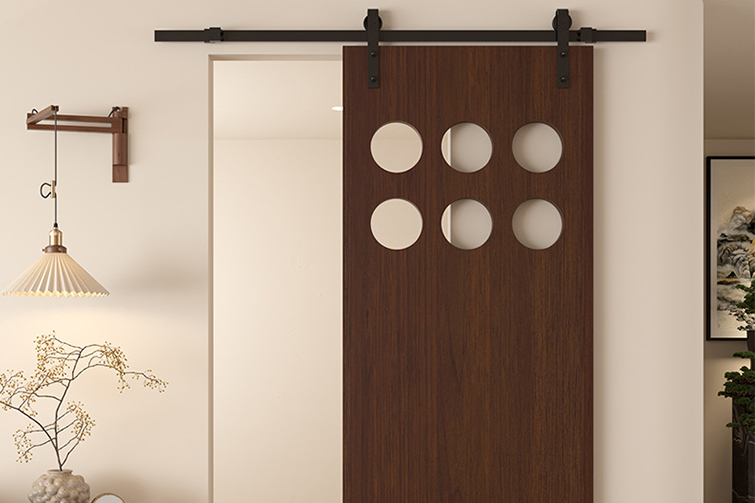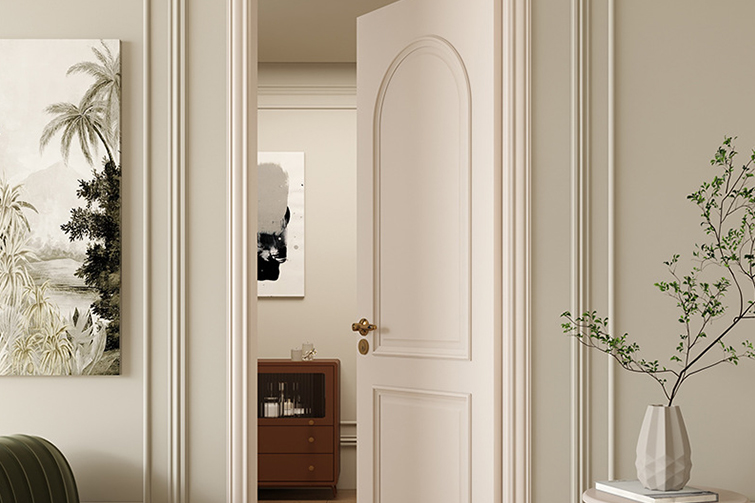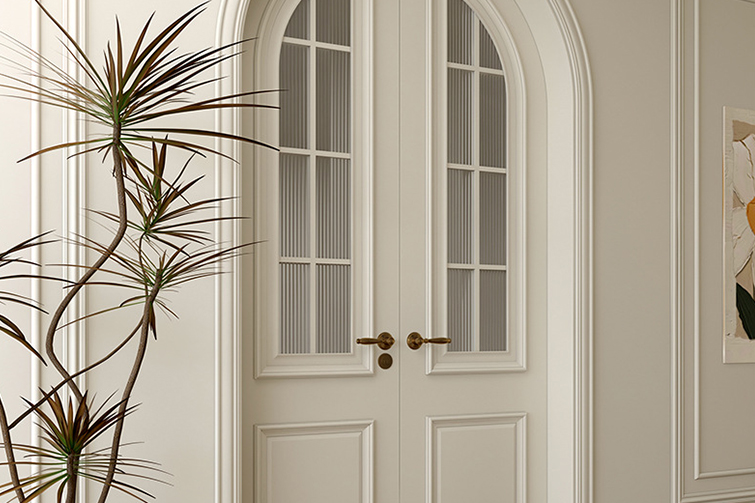

A Homeowner's Guide: How to Choose the Perfect Wooden Door
A wooden door is more than just an entry point; it's a statement of style, a guardian of security, and a significant contributor to your home's energy efficiency and ambiance. Choosing the right one can be daunting, given the vast array of options. This guide will walk you through the key considerations to ensure you select a wooden door that perfectly balances beauty, functionality, and value.
1. Determine the Purpose and Location
First, ask yourself: where will this door be installed? The requirements differ greatly.
- Exterior Doors: These are your home's first line of defense. They must be robust, weather-resistant, and secure. Look for solid core construction (explained below) and durable wood species like Mahogany, Oak, or Walnut.
- Interior Doors: While privacy and style are key here, sound insulation and weight are also important. You can opt for either solid or hollow core doors depending on the room (e.g., a solid door for a bedroom, a lighter one for a closet).
2. Understand Core Construction: Solid vs. Hollow
This is the most critical factor affecting a door's performance and price.
- Solid Core: Filled with a compressed wood fiber block, these doors offer excellent sound insulation, a substantial feel, and better fire resistance. They are heavy, stable, and ideal for exterior use and main interior rooms. They are more expensive but provide superior quality.
- Hollow Core: Constructed with a lightweight honeycomb interior and thin veneer faces, these are the most affordable and lightweight option. They are suitable for closets, pantries, or other low-traffic interior areas where soundproofing and security are not a concern.
Verdict: For exterior doors, always choose Solid Core. For interior, choose based on your budget and need for privacy.
3. Choose Your Wood Species and Style
The type of wood defines the door's character, grain, and durability.
- Hardwoods (For a Premium Look):Mahogany: Rich, reddish-brown color, straight grain, and exceptional resistance to rot and swelling. A top choice for elegant exterior doors.Oak: Known for its prominent, attractive grain and great strength. It's durable and takes stain beautifully.Walnut: A dark, luxurious wood with a straight grain, prized for high-end interior doors and furniture.
- Softwoods (A Classic and Cost-Effective Option):Pine: The most common choice for interior doors. It's affordable, readily available, and takes paint exceptionally well. It's softer and can dent more easily than hardwood.
- Engineered Wood: Products like MDF (Medium-Density Fiberboard) are extremely stable, smooth, and perfect for a painted finish. They are resistant to warping and are often more affordable.
Style: From classic panel doors (with raised or flat panels) to modern flush doors (smooth, flat surfaces) and rustic carved doors, select a style that complements your home's architectural theme.
4. Consider the Finish: Stained vs. Painted
The finish protects the wood and enhances its appearance.
- Stained: Ideal for showcasing the natural beauty and grain of the wood. Best suited for hardwoods or doors with an attractive veneer. It requires a clear topcoat for protection.
- Painted: Offers unlimited color options to match your décor. It's the best choice for covering less attractive wood grains (like pine) or for a uniform, modern look. MDF doors are ideal for painting.
5. Don't Forget the Hardware
High-quality hardware is the jewelry for your door. It includes:
- Hinges: Ensure they are strong enough to support the door's weight. Exterior doors typically require three hinges for stability.
- Lockset: For exterior doors, invest in a robust, secure deadbolt lock. For interior doors, a simple passage or privacy lockset will suffice.
- Knocker, Handle, and Letterbox: These elements add the final touch of style. Choose finishes (e.g., brushed nickel, oil-rubbed bronze, black matte) that coordinate with your home's overall aesthetic.
6. Practical Checks Before You Buy
Before making a final decision, remember to:
- Take Accurate Measurements: Measure the rough opening (height, width, and depth) carefully. A door that doesn't fit is a costly mistake.
- Check for Imperfections: Look for consistent grain patterns, smooth surfaces, and no visible cracks or warping.
- Understand the Warranty: A good warranty protects your investment against manufacturing defects.
- Consider Professional Installation: Especially for exterior doors, professional installation ensures a perfect fit, proper sealing, and optimal weatherproofing.
Conclusion
A wooden door is a long-term investment in your home. By carefully considering its purpose, construction, wood type, and finish, you can move beyond seeing it as a simple fixture and choose a door that truly enhances your home's comfort, security, and curb appeal for years to come. Take your time, feel the wood, and imagine it in your space—your perfect door is out there.





